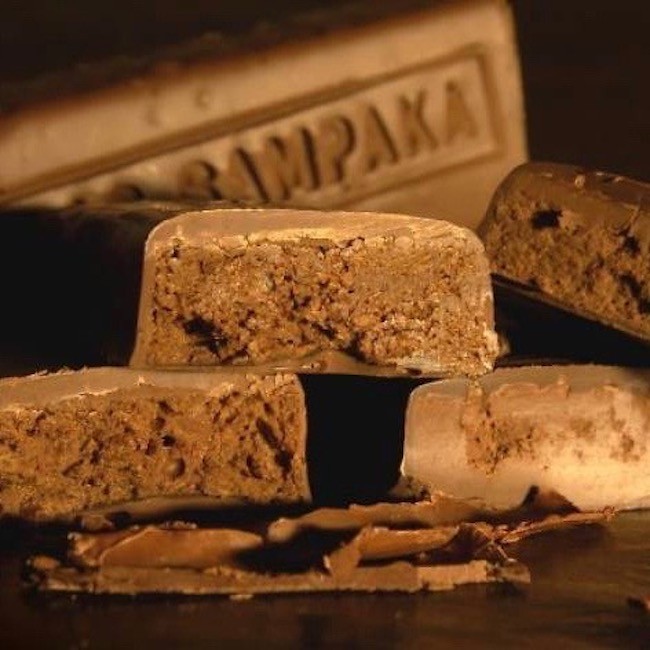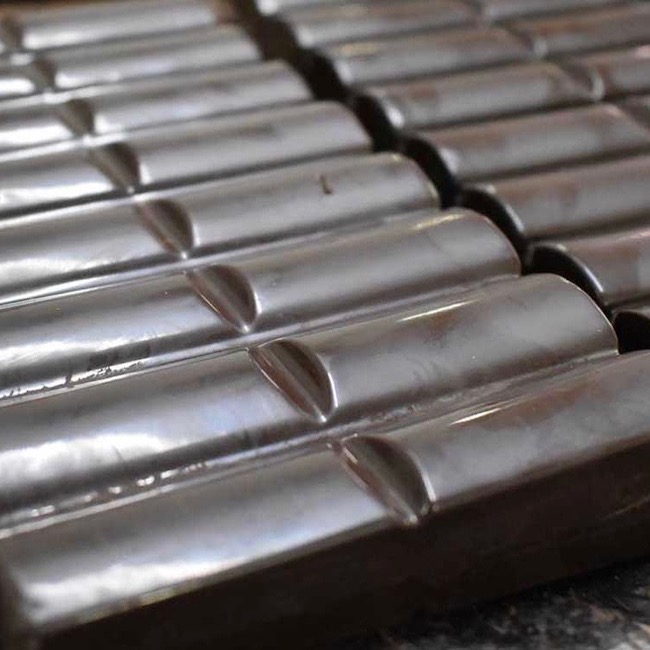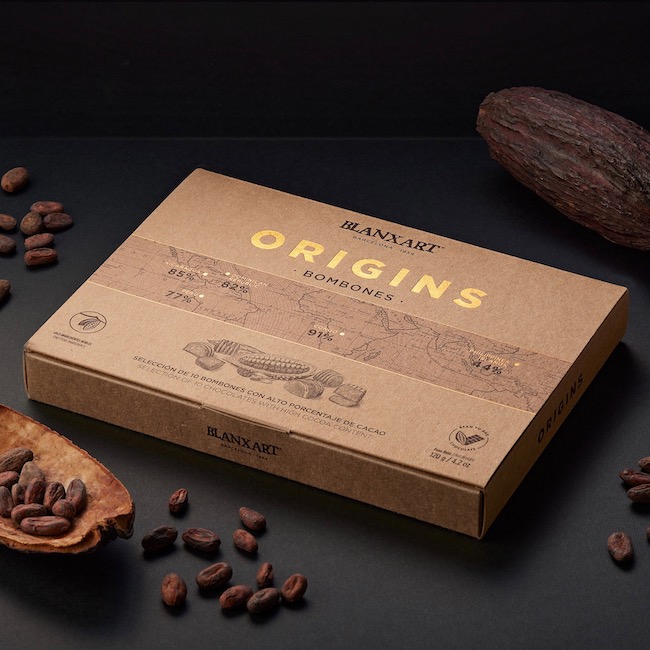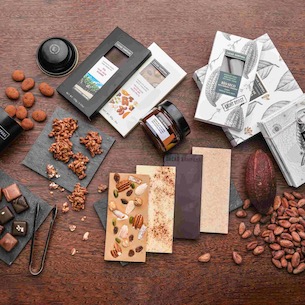.png.transform/rendition-xs/image_image%20(1).png)
Focus on Chocolate: Single Origin, Sustainability & Savory Flavor
Celebrating National Chocolate Day, we asked some of Spain’s top chocolatiers about what's hot, or cold, in chocolate right now.
Many will be familiar with Spain’s signature chocolate con churros style of liquid chocolate. But we wanted to find out how innovative chocolate makers are in breaking new ground - and cocoa beans. Let's set the scene, chocolatively speaking, in Barcelona, where two well-known names roast and melt their trade:
Cacao Sampaka is a chocolate brand founded in 2000 but with three generations of family innovation already under its belt. Working with ‘raw’ roasting under 82F to retain the original aromas, Cacao Sampaka say they are more about cacao than chocolate. CEO Albert Rius muses that their chef Sergio Giles "surprises us every week with new and inventive recipes. He travels the world for inspiration - most recently he created a chocolate with toasted sesame and Japanese plum. We've also made a gin and tonic chocolate bar with an effervescent effect."

In contrast, Blanxart, established in 1954, has a traditional but, nonetheless, forward-thinking approach, especially when it comes to investing in singleorigin chocolate. Indeed, what both houses have very much in common is their development in single origin and bean-to-bar chocolate making. Thanks to both brands adopting the bean-to-bar approach, they are able to oversee the whole process, starting with bean buying at the plantation and ending with the finished consumer product.
In line with the trend for minimally processed ingredients, like Cacao Sampaka, Blanxart uses less heat in their production. As Marketing Manager, Laura Jimenez explains, they focus on flame-toasting their cocoa beans - at minimal temperatures - to reveal the most natural flavor and aroma of each singleorigin chocolate.
Blanxart works with seven different cocoa regions and producers around the world, with a spectrum of diverse flavor. We asked their Quality Control Manager, Anna Broto, about the taste profiles you can find for each given origin. "Considering that cocoa is a plant that is influenced by its terroir and weather conditions, there are subtle nuances in cocoa that we want to capture. Our beans from Peru could have citrus and coffee notes, whereas our cocoa plantation in the Dominican Republic can produce aromas of tropical fruits." Laura Jimenez adds that one of their notable praline collections features singleorigin chocolate from five cocoa producers, so you can appreciate the distinct flavor from each region.
So which chocolate formats are currently making their mark?

“We deal principally with bombones (pralines),” says Albert of Cacao Sampaka, “however, due to the artisanal process involved and the natural fresh ingredients used (with a shorter shelf life), these aren’t available in the US. Our chocolate tablets, on the other hand, are a key export and a big player.” What both chocolatiers will agree on is the tendency for a higher purity of chocolate, as the consumer develops both a more discerning palate and specific dietary preferences. Albert continues, “several years ago, 70% dark chocolate used to be rare, but it has become the industry standard, as people are moving towards more health-conscious choices in chocolate”. Anna Broto concurs, “health is clearly a defining factor for the consumer seeking purity. Using only three or four ingredients we can create exquisite chocolate that is also vegan by default.”
Another benchmark being set by these chocolatiers - now and for the future - is the principle of sustainability from source to shelf. “Cacao only grows in certain tropical climates that are delicate and should be treated as such,” explains Albert Rius, “and the producers don’t have a lot of financial assistance.” Aside from paying a fair price to its farmers, Cacao Sampaka is currently building a primary school in one of its regions. Blanxart echoes this standard, both in fair trade dealings with their suppliers right down to the final packaging. “We have now scrapped aluminum wrapping on our bars in favor of vegetable paper, so the packaging is completely paper-based.”
It’s good to hear that the modern chocoholic can now be a conscientious consumer. With that in mind, what can we look forward to for our next craving?
The concept of chocolate being sweet and savory hit the mainstream with the rise of dark chocolate with marine salt, but chocolatiers such as Cacao Sampaka are going further. Take, for example, their chocolate with cheese (Idiazabal, goat cheese and parmesan, to give you an idea) that caused a flutter in Japan recently, or even chocolate paired with anchovies! CEO Albert Rius has another project in the pipeline that they’re not revealing just yet, but he did elaborate on a seasonal alternative to chocolate that has received a lot of attention in their stores. “By extracting the cocoa butter by itself, we can add vegetable powders instead of cocoa powder, to create a savory bar - not technically chocolate - but with the texture and melt-in-the-mouth effect of chocolate. We’ve made some interesting flavors, like beet, tomato and carrot”.

They’re not alone in pushing the boundaries, as Rius concludes, “in Spain, there are fantastic chocolatiers doing great things at small scale. The Roca Brothers and Pol Contreras are geniuses creating small quantities of more avant garde chocolate - in their kitchens and in restaurants across Spain.”
So, take a cue from the experts and live life like it's a box of chocolates, because you really never know what's coming next!


